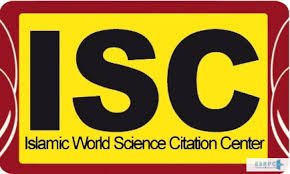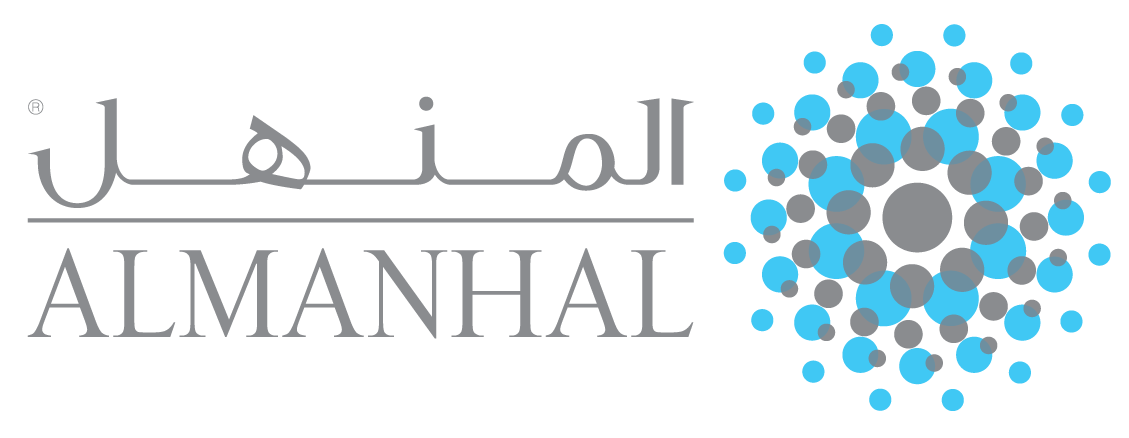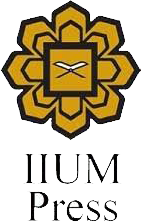Integration of Waqf and Islamic Microfinance for Poverty Reduction: A Survey in Kuala Selangor, Malaysia
DOI:
https://doi.org/10.31436/jif.v2i2.16Abstract
Waqf has generally been related to the religion and the socio-economic system of Muslim societies. It has played a
vital role throughout Islamic history. On the other hand, Islamic Microfinance (IsMF) is expanding rapidly in the
Muslim countries. The IsMF is considered as a key instrument for providing funds to poor micro investors. Since both
waqf and IsMF emphasize sustainability, and since waqf can assist to reduce the cost of capital in operation of IsMF,
the research aims to develop an integrated waqf based microfinance model applicable in some Muslim countries. This
will ensure utilisation of the combined resources of Waqf and IMF institutions in alleviating poverty, an objective that both the two institutions share. The present study focuses in in Kuala Selangor, Malaysia, using 102 sahabat (clients) from Amanah Ikhtiar Malaysia (AIM). Structural equation modeling is adopted to examine the relationship among the five constructs i.e., Waqf Resources, IsMF, Takaful, Human Resources and Poverty Alleviation. While the reliability and validity were established, the structural relationship between the constructs reveals that the model has to be modified. Specifically, the result shows only takaful has significant impact in reducing poverty while others are found to be insignificant. This suggests that the model as well as the instrument should be further developed.












